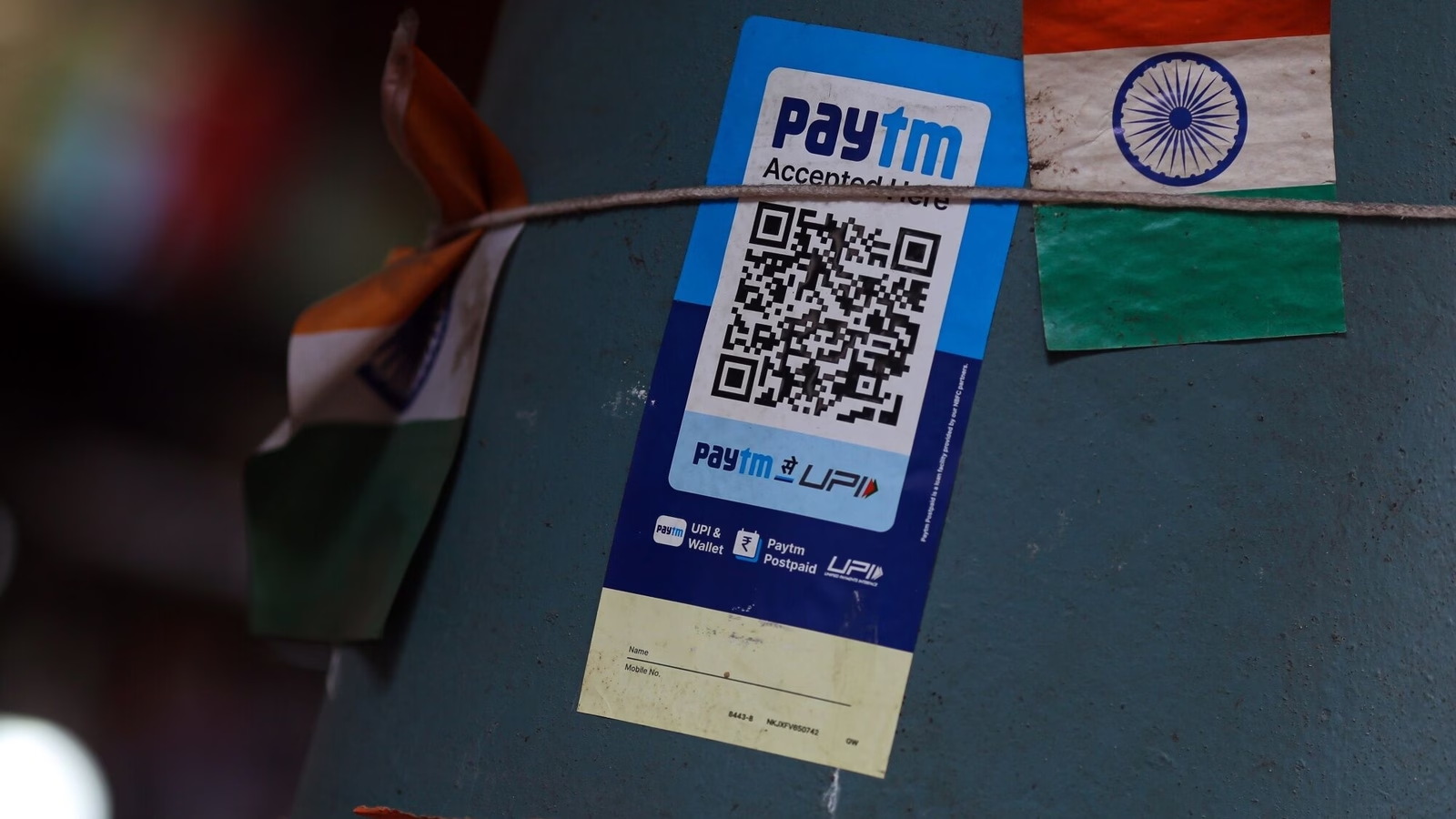The way we make digital payments in India is about to change. The National Payments Corporation of India (NPCI), which manages the Unified Payments Interface (UPI), is now working on a major change that may remove the need for entering a PIN to complete UPI payments. This change is expected to make payments easier, faster, and more secure.
Let’s understand what this change is all about and how it will affect you.
What is UPI?
UPI, or Unified Payments Interface, is a digital payment system that allows people to send and receive money directly from their bank accounts using a mobile phone. UPI has made payments very easy and quick in India.
Every time you use UPI to make a payment, you enter your 4 or 6-digit UPI PIN to confirm the transaction. This PIN acts like a password and helps protect your money.
But now, things are about to change.
What is the New Change?
The NPCI is planning to allow UPI payments without using a PIN. Instead of typing a PIN, you may soon be able to confirm your payment using:
- Face recognition
- Fingerprint scan
- Voice authentication
This means your face, finger, or voice could be used to approve a payment – no need to type your PIN every time. This technology is being tested under the UPI Lite X and UPI Tap & Pay systems.
Why is This Change Happening?
There are three big reasons:
- Faster Payments
Using biometrics (like fingerprint or face scan) is quicker than typing a PIN. This will help in faster transactions, especially for small payments at shops, markets, and public transport. - Better User Experience
Many users, especially elderly people or those who are not comfortable with typing, will find it easier to just tap and pay without remembering or entering a PIN. - More Secure
Biometric systems are hard to copy. Your face, finger, or voice is unique. This can reduce fraud and make digital payments safer.
How Will It Work?
Here’s how the new system might work:
| Step | Current UPI Process | New UPI Process (Planned) |
| 1 | Enter phone number/scan QR | Enter phone number/scan QR |
| 2 | Enter payment amount | Enter payment amount |
| 3 | Enter 4 or 6-digit PIN | Use fingerprint/face/voice |
| 4 | Payment completes | Payment completes |
This will mostly be available for low-value transactions first, such as under ₹500.
Where is NPCI Testing This?
NPCI is already working with some banks and fintech companies to test this new system in controlled environments. It is expected to roll out slowly across India once it is fully ready and safe.
The biometric feature may also be used in devices like:
- Smartphones with fingerprint scanners
- Phones with face unlock
- Wearable devices like smartwatches
Is It Safe?
Yes, the NPCI has said that safety is a top priority. Any biometric data used will be encrypted and secured. Also, the user will have full control over enabling or disabling this feature.
Only trusted and verified devices will be allowed to use biometric UPI. For example, if your phone doesn’t have secure biometric hardware, this feature may not work on it.
Will It Be Optional?
Yes, entering a PIN is not going away completely. This new system will be optional. Users who are comfortable with the PIN can continue using it. But those who want faster and smoother payment options can use the biometric method.
So, both methods will be available, and users can choose what suits them best.
What Can We Expect in the Future?
In the future, we may see even more advanced ways of paying with UPI. With technologies like Tap & Pay, voice-based UPI, and wearable UPI, India’s digital payment system is getting smarter and more user-friendly.
NPCI is also focusing on making UPI available on feature phones, smart TVs, and even in offline mode through UPI Lite.
Final Words
This move by NPCI is a big step toward the future of digital payments. Removing the need for a PIN and replacing it with biometric verification will save time and offer a smoother experience. At the same time, security and privacy will be protected.







